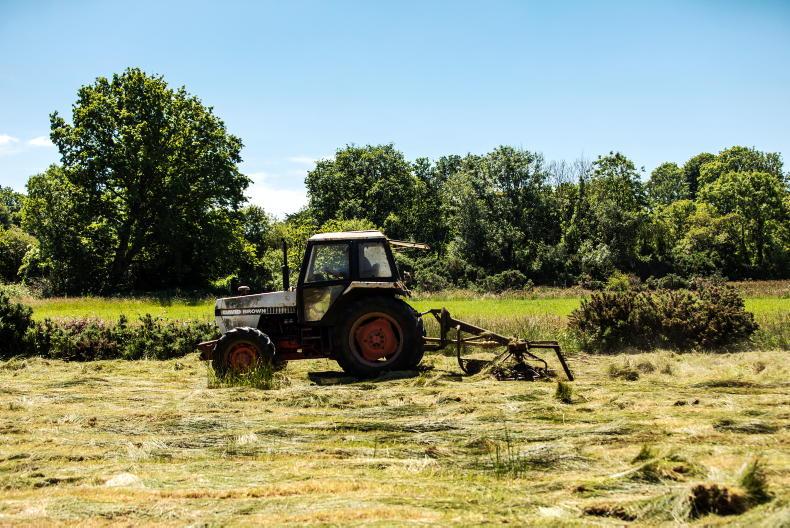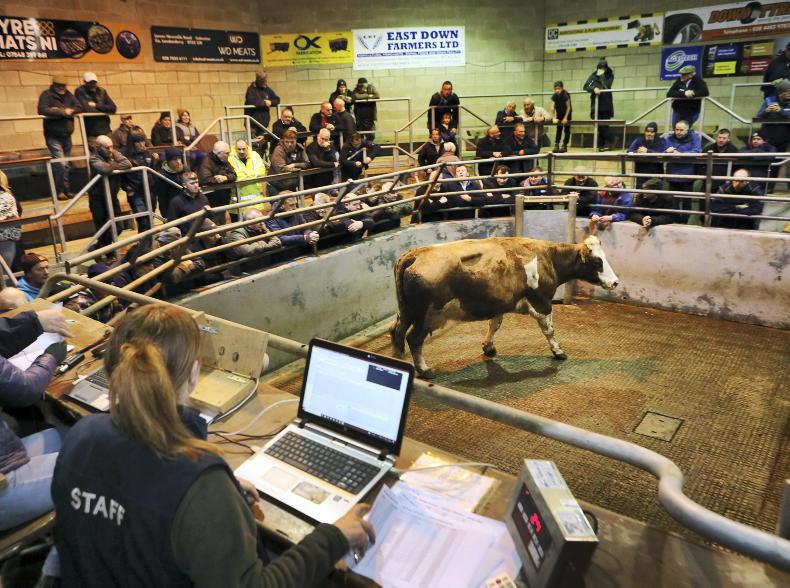There are lots of discussions at present relating to the live export of lambs for the Islamic festival of Eid al-Adha.
There is no doubting that leaving lambs entire can increase performance and reduce the age of slaughter.
However, the merits of leaving lambs entire reduce as the season progresses, with more issues reported in the latter half of 2022 regarding under-fleshed lambs being presented for slaughter.
This was partly due to challenging drought and higher fertiliser prices limiting grass growth, combined with higher concentrate costs reducing volumes fed.
While fertiliser and concentrate prices have reduced from the high prices points of 2022, they still remain well above the norm and will lead to continued challenges on farm.
Reports indicate the increase in interest in castrating lambs witnessed in 2022 to aid easier finishing is very much on the agenda again in 2023.
Management practices relating to the task itself and pre- and post-castration have a big influence on avoiding issues.
Pre-castration practices
It is advisable to administer a clostridial disease vaccine in advance of castration to guard against the risk of tetanus.
A full course, including the primary and booster vaccines, will provide the greatest level of protection, but administering the primary vaccine will also provide a limited level of protection.
With regards to the castration process, the only option available to farmers after lambs turn seven days of age is to use a burdizzo.
When castrating, be careful to avoid catching the urinary tract when closing the burdizzo, clamp the jaws shut and release immediately without overlapping the castration site on each side.
Delayed opening or longer-term closure can lead to extra injury and swelling.
When not in use, store the burdizzo in an open position and in an environment that prevents dirt or rust accumulating on the jaws.
It is important to ensure that blowfly protection has been applied to lambs, as they will spend longer lying down after the task and, as such, be at a greater risk of contracting flystrike.
Selection considerations
The merits of castrating strong ram lambs will be questionable, as these may suffer a setback in performance.
Forward ram lambs may benefit from being grouped together, left entire and supplemented with low levels of concentrates if required, while castration is likely to suit lighter lambs better that will not be finished in the next two months.
Lamb castration
Entire male lambs will perform better than wether lambs early in the season. However, if not managed correctly, this benefit can be quickly lost later in the year.
This is especially the case if farm infrastructure does not allow ram lambs to be run in one separate group or feeding is limited, with difficulties in getting the required fat cover on lambs.
There are also marketing issues to consider. The decision to castrate also needs to take into account the type of lambs present.
Under the Bord Bia Quality Assurance Scheme, lambs can only be castrated with a burdizzo up to three months of age.
It is important to administer a clostridial disease vaccine in advance of castration to help guard against tetany and also take necessary precautions for blowfly.









SHARING OPTIONS